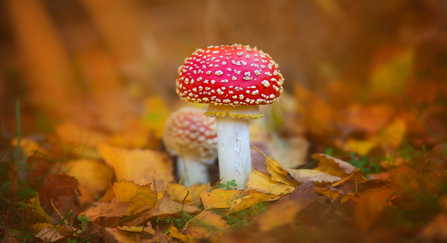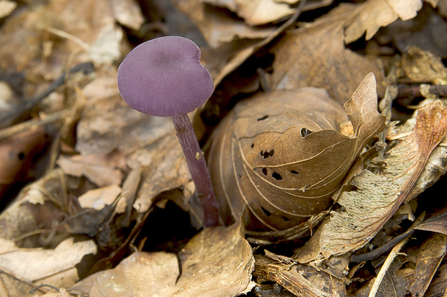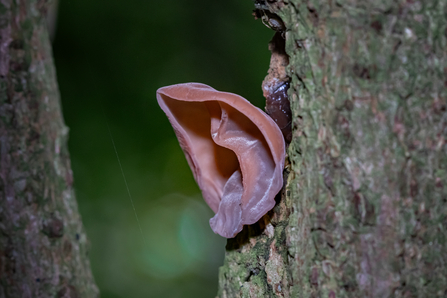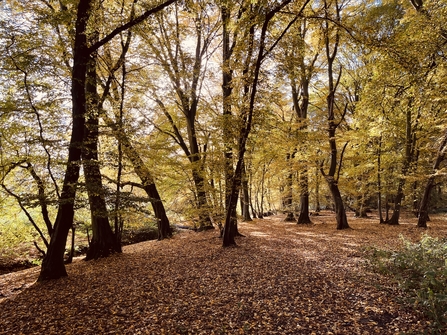October is a great month for spotting fungi in Hertfordshire and Middlesex. As the air turns damp and cool, woodlands and nature reserves come alive with mushrooms of all shapes, colours and sizes. These autumn treasures are not just beautiful! They play a vital role in recycling nutrients, supporting plants, and helping to keep ecosystems healthy.
But a word of caution: while fungi are fascinating to look at, many are poisonous if eaten. Please enjoy them with your eyes and camera only.
Here are some striking species you may spot this month:





